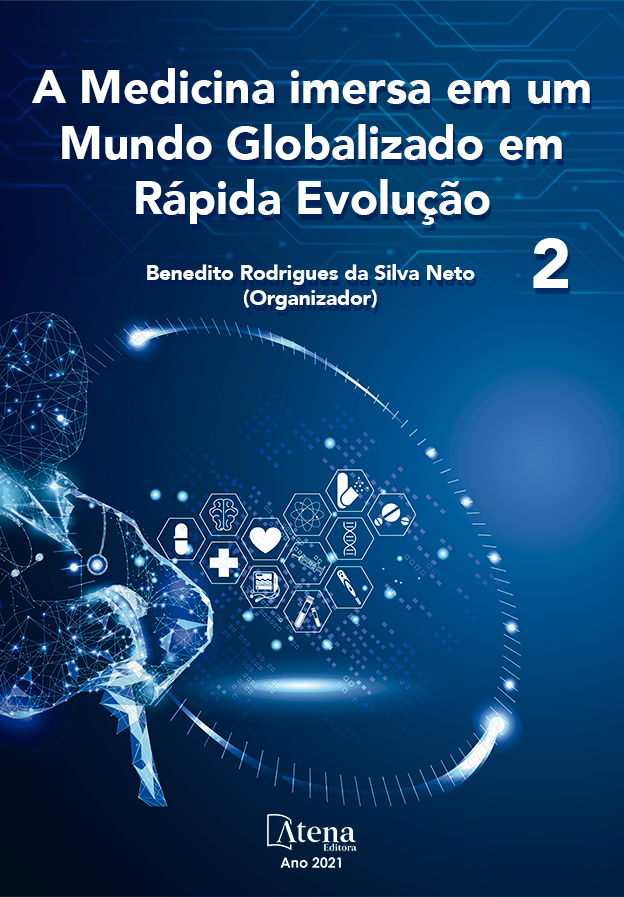
ASPECTOS DA CANDIDÍASE INVASIVA SOB A ÓPTICA DA COLONIZAÇÃO DO TRATO RESPIRATÓRIO
A incidência da candidíase invasiva vem aumentando de forma drástica, com consequentes reflexos no tempo de internamento, taxa de mortalidade e nos custos de saúde. Dentro deste cenário observa-se também uma mudança quanto às espécies isoladas, pois Candida não- C. albicans vêm gradativamente repercutindo em infecções graves e fatais. Dentre os muitos fatores de risco ligados a candidíase invasiva, estão os dispositivos invasivos médicos, como os cateteres, por favorecerem a formação de biofilme e consequente e dispersão dispersão de microrganismos virulentos com possível translocação para outras regiões. No entanto, os reflexos da formação de biofilme sobre o tubo endotraqueal ainda não são claros, bem como a identificação de Candida spp. no sistema respiratório ainda é pouco valorizada e muitas vezes é tida como simples colonização, fazendo parte da microbiota, e não levando em consideração o papel do biofilme formado por Candida spp. Adicionalmente, os pacientes dependentes de suporte ventilatório invasivo tem as condições de proteção fisiológica da boca alteradas, o que permite mudanças nas características de revestimento da língua e, consequentemente na formação do biofilme. Especialmente se for polimicrobiano combinando leveduras com bactérias subsidiando a pneumonia associada à ventilação mecânica.
ASPECTOS DA CANDIDÍASE INVASIVA SOB A ÓPTICA DA COLONIZAÇÃO DO TRATO RESPIRATÓRIO
-
DOI: 10.22533/at.ed.0482107017
-
Palavras-chave: Candida. Candidíase invasiva. Unidade de terapia intensiva. Tubo endotraqueal. Biofilme.
-
Keywords: Candida. Invasive candidiasis. Intensiva therapy unity. Endotraqueal tube. Biofilm.
-
Abstract:
The incidence of invasive candidiasis has been increasing dramatically, with consequences on hospital stay, mortality rate, and health costs. Within this scenario, there is also a change in the species distribution, as Candida non-C. albicans has been gradually affecting serious and fatal infections. Medical devices, such as catheters, are among the many risk factors associated with invasive candidiasis. They favor the formation of biofilm and the consequent and dispersion of virulent microorganisms, with possible translocation to other regions. However, the impact of biofilm formation on the endotracheal tube is still unclear, as well as the identification of Candida spp. in the respiratory system, it is still few valued. These microorganisms are often considered as simple colonization, forming part of the microbiota, and not taking into account the role of the biofilm formed by Candida spp. Additionally, patients dependent on invasive ventilatory support have altered the physiological protection conditions of the mouth, which allows changes in the lining characteristics of the tongue and, consequently, in the formation of the biofilm. Especially if it is polymicrobial combining yeasts with bacteria, subsidizing pneumonia associated with mechanical ventilation.
-
Número de páginas: 15
- Elenice Gomes Ferreira
- Melyssa Negri
- Terezinha Inez Estivalet Svidzinski


